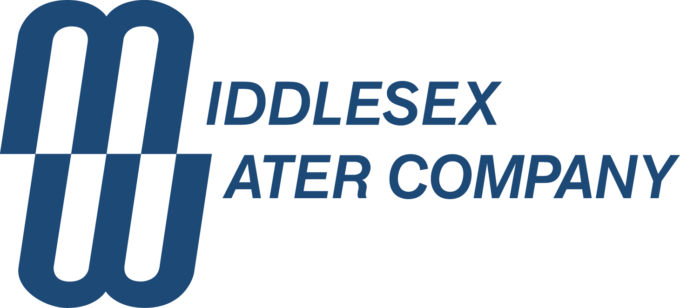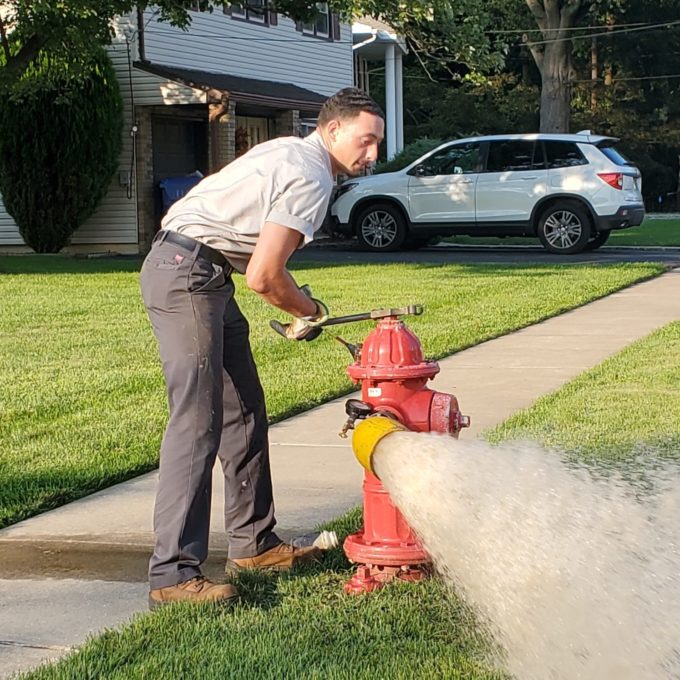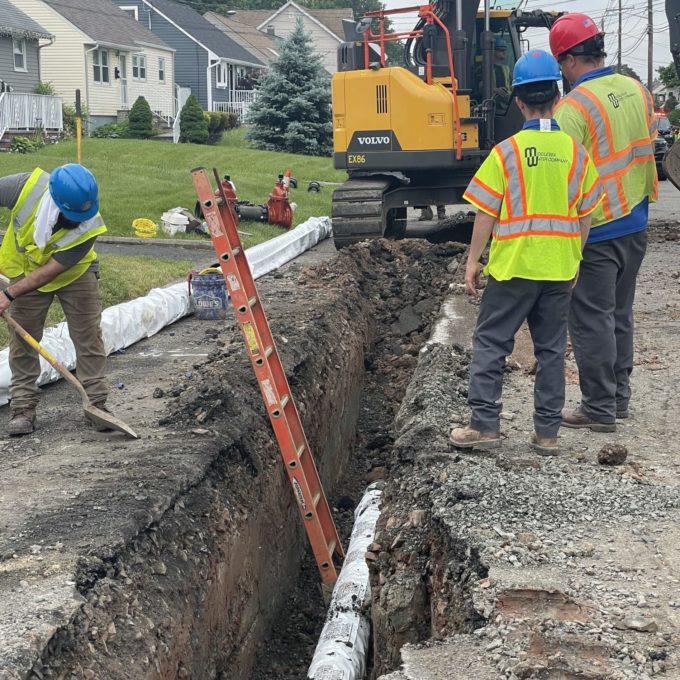Water Quality Reports
As water providers, drinking water quality is extremely important to us. We make ongoing investments in our treatment and distribution infrastructure to ensure a clean, safe drinking water supply. All of our drinking water treatment plants, that treat surface water, are continuously staffed by professionally licensed, trained, experienced operators. Water produced at our groundwater sources is also tested and monitored for harmful traces of either chemical or microbial contaminants are present in the water. Information about water sources and results of testing is summarized in our Annual Water Quality Report.
MWC Water Quality Data Sheets 2008-Current
Click your water provider below to access its latest Annual Water Quality Report:
The Water Quality Accountability Act
The Water Quality Accountability Act (WQAA), signed into law in July 2017, was established to enhance the reliability, safety and administrative oversight of drinking water from every water provider in the state, whether that provider be a company or a municipality. The law took effect in October 2017 and sets statewide operational standards for public community water systems with more than 500 service connections. We are grateful to our many professionals whose job it is to ensure compliance with regulations that keep our drinking water safe.
See more information about the WQAA on the New Jersey Department of Environmental Protection website »
In November 2021, new WQAA amendments were signed into law requiring further operational changes to achieve compliance. These new standards and requirements include:
Asset Management Plan: Public water purveyors are required to create and implement an asset management plan to help inspect, maintain and renew its drinking water infrastructure.
Hydrant & Valve Maintenance: Purveyors are required to routinely inspect, maintain and repair valves and fire hydrants throughout the distribution system. The GPS coordinates of these assets must also be maintained by water systems.
Cybersecurity Program: Purveyors are required to develop a formal cybersecurity program, in accordance with requirements established by the New Jersey Board of Public Utilities (BPU).
Mitigation Plan for Safe Drinking Water Act Violations: Purveyors who exceed a certain number of violations of the Safe Drinking Water Act within any 12-month period are required to submit a formal mitigation plan to show how they are addressing the specific violation and a timeline implementation of their plan.
Middlesex Water has submitted certifications for its systems that serve more than 500 service connections in New Jersey. We are pleased our 2022 certifications demonstrate compliance with the following:
- The Water Quality Accountability Act
- Federal Safe Drinking Water Regulations
- New Jersey Safe Drinking Water Regulations
- Licensing of Water Supply and Wastewater Operators
- Water Supply Allocation Permits
Middlesex Water WQAA 2023 Certification »
Middlesex Water WQAA 2022 Certification »
Middlesex Water WQAA 2021 Certification »
Middlesex Water WQAA 2020 Certification »
Pinelands Water WQAA 2022 Certification »
Pinelands Water WQAA 2021 Certification »
Pinelands Water WQAA 2020 Certification »
Middlesex Water also serves as a resource to municipalities seeking assistance related to WQAA compliance. Email us at [email protected].
Important Information about PFAS
Hydrant Flushing
Hydrant flushing is essential to good water distribution system preventive maintenance. Flushing helps enhance water quality by removing minerals and sediment that naturally accumulate in water mains over time. The process also helps maintain proper chlorine concentration within the piping network. Flushing keeps water moving in the water distribution system so that water does not stagnate in the pipe. Fire hydrants are flushed on a routine schedule throughout the year to help ensure that they are in proper working order and to test fire flows, water pressures and flow rates. Sometimes, residents may misinterpret the flushing process as a waste of good clean water, but in reality, it is an essential preventive maintenance activity that helps maintain the integrity of the water system.
Occasionally, hydrant flushing may result in a temporary discoloration of water. These conditions are not harmful and are usually short-term. During flushing operations, residents are encouraged to avoid using washing machines, dishwashers or other water-using devices. If any discoloration is noted, briefly running the cold water tap for a few minutes typically helps to clear discolored water.
Flushing Schedule 2024:
Beginning on or about May 1st, flushing of hydrants will be performed by MWC personnel. Flushing will take place between 8:00 AM and 4:00 PM.
Any activity involving fire hydrants by individuals other than the Fire Department, Wachs Water Services, and MWC personnel should be considered suspicious.
All MWC fire hydrants within the distribution system are inspected annually following NJDEP guidelines.
Partnership for Safe Water
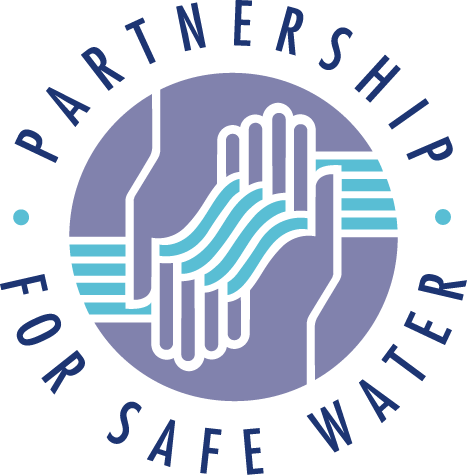 We are pleased to report that Middlesex Water Company’s Carl J. Olsen Water Treatment Plant in Edison, New Jersey received the Partnership for Safe Water’s Fifteen Year Director’s Award of Recognition in 2016. This honor, which represents a continual commitment to protecting public health, is awarded to only a small percent of water utilities nationwide.
We are pleased to report that Middlesex Water Company’s Carl J. Olsen Water Treatment Plant in Edison, New Jersey received the Partnership for Safe Water’s Fifteen Year Director’s Award of Recognition in 2016. This honor, which represents a continual commitment to protecting public health, is awarded to only a small percent of water utilities nationwide.
Middlesex Water’s CJO Plant received the award for continually optimizing its treatment system over a period of 15 years. The Director’s Award includes a comprehensive evaluation of treatment plant operations and performance, identification of performance limiting factors, and the development of action plans to achieve optimization. We are pleased to be a long-term member of the Partnership for Safe Water, a program developed by the U.S. Environmental Protection Agency, the American Water Works Association and associated partner organizations, to improve the quality of water delivered by optimizing water system operations.
The Partnership for Safe Water is a voluntary self-assessment and optimization program for water treatment plant and distribution system operation. More than 250 utility subscribers, collectively serving more than 100 million people, are committed to the Partnership’s goals of providing safe, high quality drinking water through achieving operational excellence in water treatment.
Help Prevent Water Pollution
- Consider non-toxic pesticides.
- Dispose of ant traps, flea collars, bug sprays, pesticides, and flypaper as directed.
- Use flea shampoos sparingly.
- Clean up pet waste; if left on the ground, storm water can carry bacteria into waterways.
- Keep chemicals out of drains. Use chemical fertilizers, weed killers, and fungicides only as directed. Do not apply if rain is expected. Avoid using near surface waters. Don’t hose clippings away-sweep up instead.
- Dispose of harsh chemicals correctly. Solvents, cleansers, paints, glues, varnishes, thinners, strippers, roofing tar, and asphalt can be highly toxic. Use as directed. Get rid of what you don’t need at hazardous waste collection centers.
- Collect waste auto fluids. Clean up spilled brake fluid, oil, grease, and antifreeze. Do not hose them into the street where they can reach local waterways. Take used motor oil and antifreeze to a designated collection center (such as an oil change place).
- Try non-toxic stain removers. Use non-toxic stain removers: hydrogen peroxide for bloodstains, white vinegar or cream of tartar for ink stains, borax for other stains. When only commercial stain removers will do, limit your use and follow instructions.
- Use household cleansers safely. Follow directions for using and storing drain and oven cleaners, ammonia, bleach, spot removers, and polishes. Products labeled “Poison” and “Danger” are most toxic. Use less toxic and non-toxic alternatives.
- Keep chemicals out of drains. Keep chemicals, pet wastes, and debris out of storm drains-these outlets flow into surface waterways. Don’t pour unwanted chemicals on the ground or down sinks. Instead, take them to hazardous waste collection centers.
Dispose of Medication Properly

You can help keep our water systems healthy and protect the environment by disposing of medications properly. If you have expired or unused pharmaceutical products in your medicine cabinet including pills, capsules, patches, inhalers or pet medications, do not discard these down the drain or in the toilet. Flushing medication can contribute to water contamination and may cause harm to aquatic life. To safely dispose of unused pharmaceuticals from the home, seek out secure pharmaceutical drop off sites, collection events or contact your local police department, many of whom maintain secure drop boxes for this purpose.
Maintaining Internal Plumbing Systems
Our treatment systems are designed and operated to produce water that meets all state and federal standards. Many substances and microscopic organisms found in water may be a concern if they occur at high concentrations. For some contaminants, MCL levels have not been set because the EPA has not determined at what level they pose a public health risk. This is often because a reliable detection method is unavailable and/or because the contaminant is rarely found in treated water.
Some naturally occurring organisms commonly found in the natural water supplies may not be eliminated during the treatment process. This means that even a well-run system may contain low levels of microscopic organisms. The levels, however, are normally of little concern to healthy individuals. It should be noted, however, that under certain circumstances, these organisms might amplify to dangerous levels within a customer’s own water supply system. Water that has been sitting idle within plumbing systems of unoccupied or partially occupied buildings and facilities could harbor microbial and other inorganic matter which, over time of non-use, can become a health issue. All customers, including residential, commercial and industrial customers, and other large facilities such as schools, hospitals and hotels/motels, should follow appropriate procedures for maintaining their own internal plumbing systems and appliances. If you have any concerns about these matters, please call the EPA Safe Drinking Water Hotline at (800) 426-4791.
Maintaining Water Quality (Schools & Childcare Buildings)

